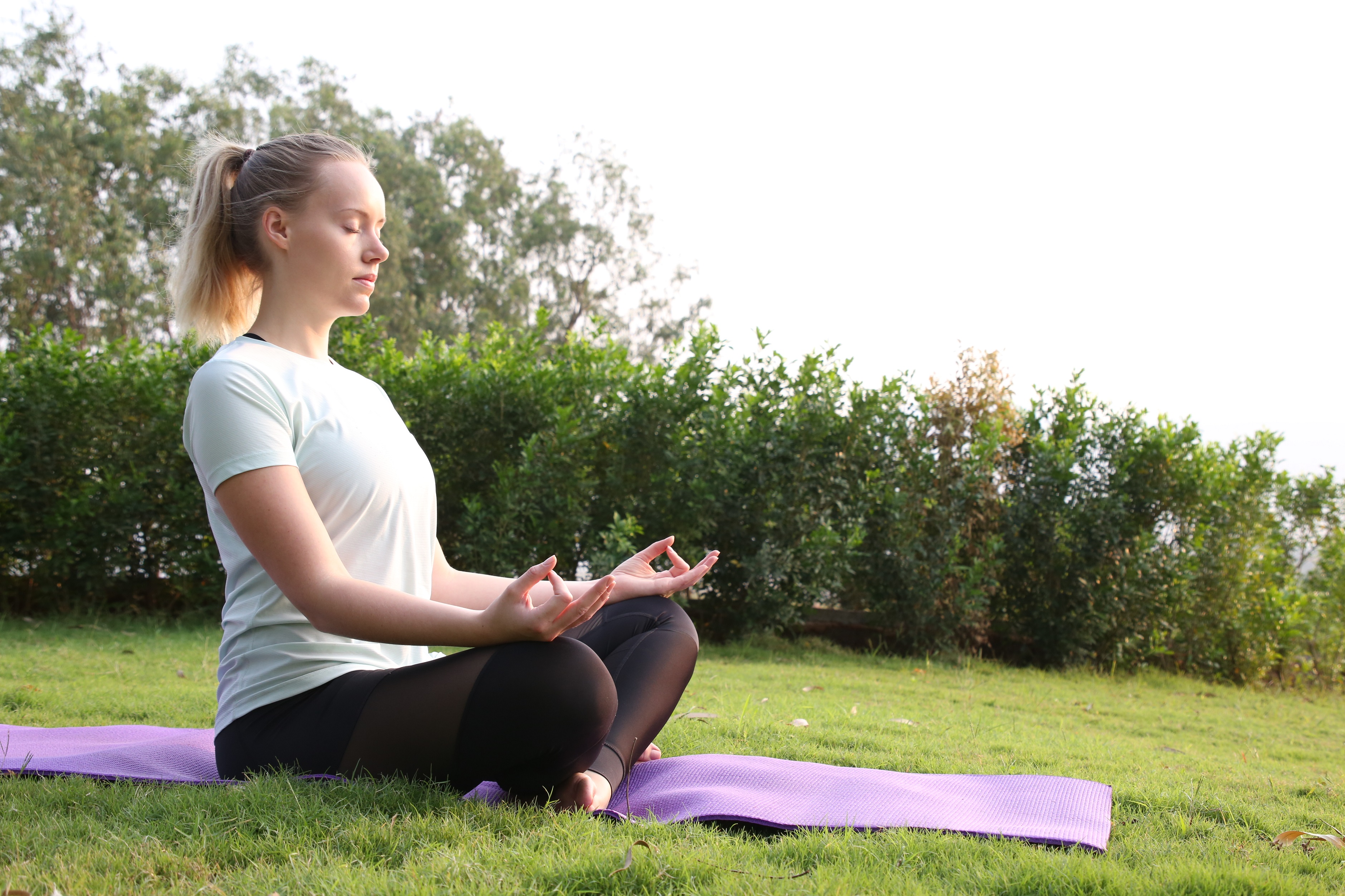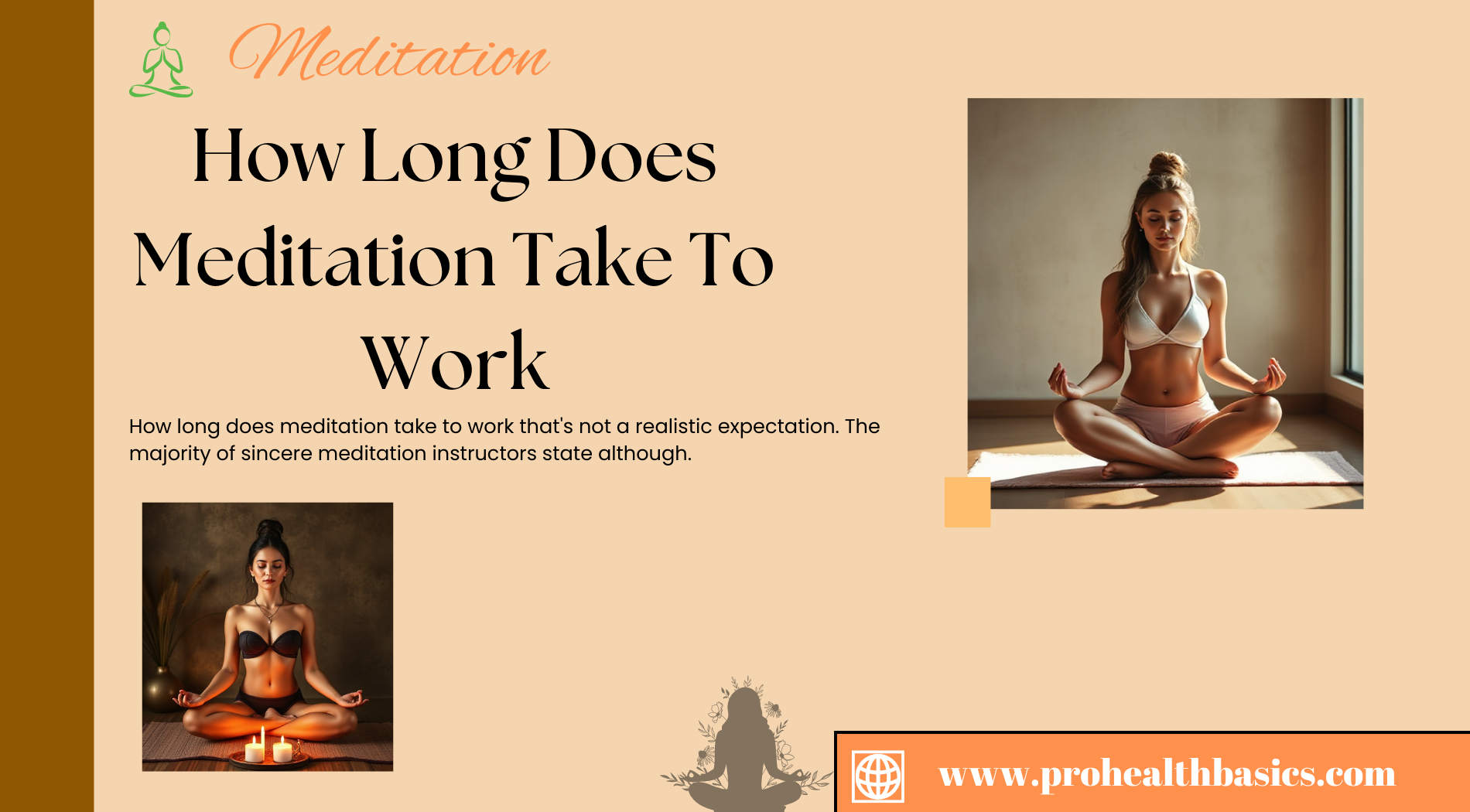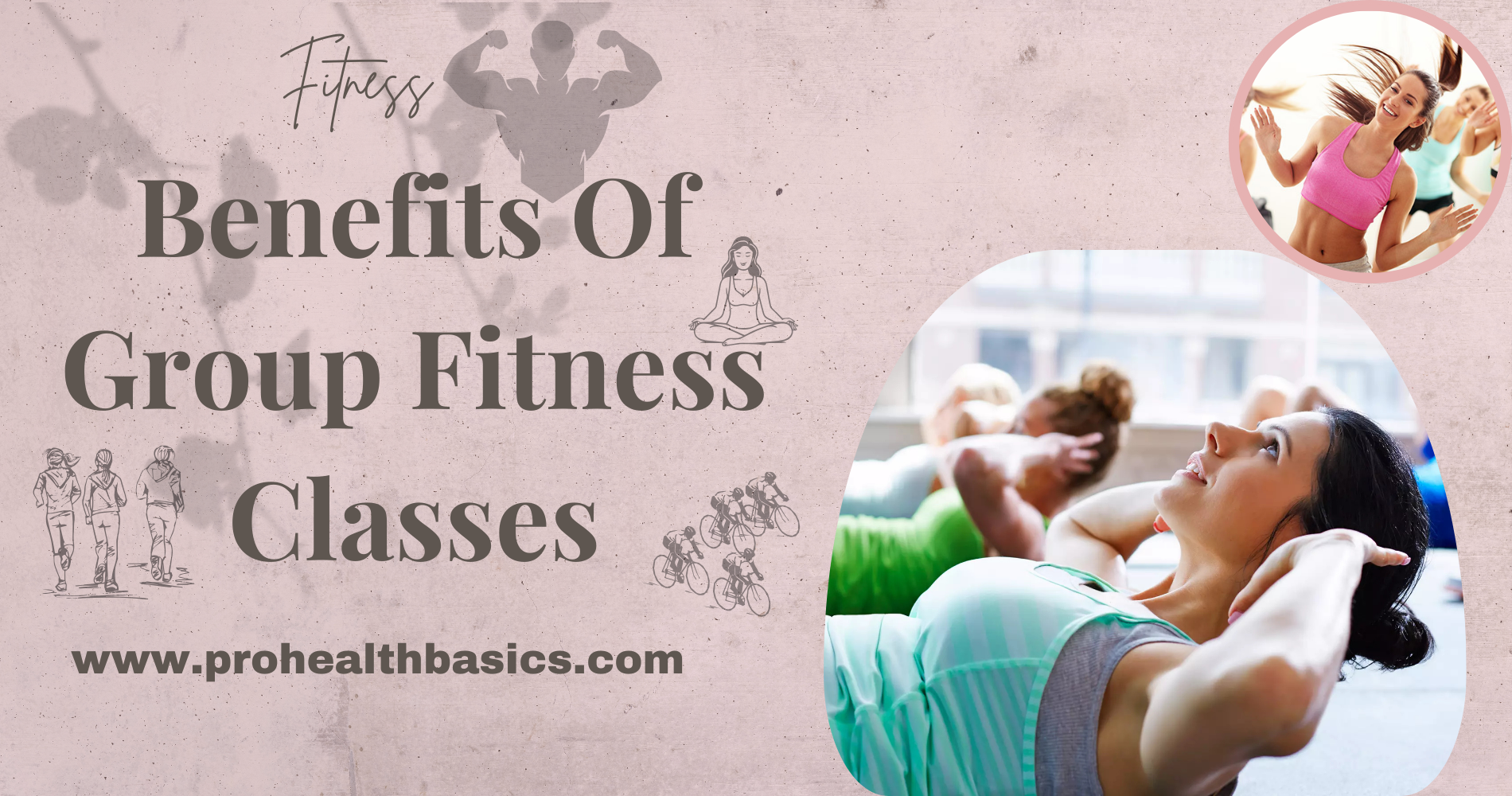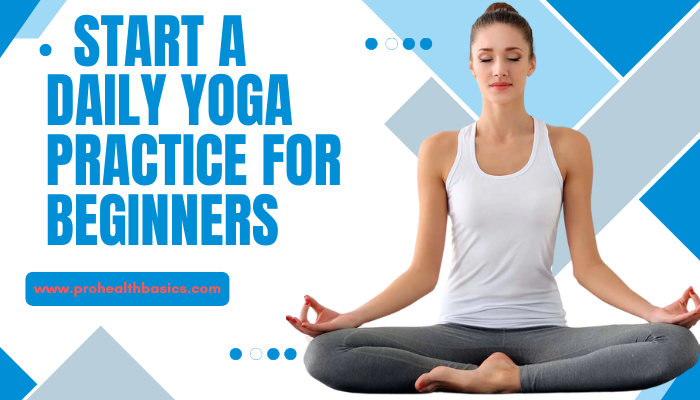As a meditation teacher, I unchangingly try to remember to offer variegated tips and techniques so that students can see that there are variegated ways to practice meditation and that it’s okay to prefer a practice that serves your practice needs. What’s most important is creating regular intervals to pause, take an inventory of our somatic and energetic needs, and fortify ourselves in vibrations with our understanding inquiry. That is the focus of this meditation journey.
The journey’s foundation is based on the premise that the aim of meditation is bringing the mind into right relationship with itself invoking a sense of ease so that sensation can expand, the mind can wifely and we can uncork to wits life with increasingly grace and subtlety. And the journey is rooted in my formal training in mindfulness through the MMTCP program with Jack Kornfield and Tara Brach, infusing elements of nada yoga, the yoga of sound.
Mindfulness pairs the concepts of expanding non-judgmental sensation and lovingkindness. Let’s pinpoint sensation as the speciality of consciousness that bears witness to our human wits without judgment, but simply takes notice. And let’s pinpoint lovingkindness (metta) as unconditional love–for self and others.
Do you find yourself constantly seeking ways to enhance your well-being and achieve inner peace? Look no further, for Nada Yoga might just be the answer you've been searching for. By harnessing the power of sound, this ancient practice offers a profound and transformative experience for both the mind and body. So, why not embark on a journey of self-discovery through the practice of Nada Yoga?
What is Nada Yoga?
Nada Yoga, also known as the yoga of sound, is a spiritual practice that involves the conscious exploration and experience of sound vibrations. In this practice, individuals utilize various sound techniques, such as chanting, mantra repetition, and listening to subtle sounds, to attain a state of deep meditation and connect with their inner selves.

Source: google.com
How Does Nada Yoga Work?
By immersing oneself in the vibrations of sound, Nada Yoga helps individuals align their body, mind, and soul. Sound vibrations have a profound impact on our physical and mental well-being. They can help release blockages, reduce stress, improve focus, and promote overall peace and harmony.
Tibetan singing bowls, and gongs) to heighten your connection to states of consciousness that sally when the mind is calmer. Nada yoga allows the mind to quiet by focusing on sound, then we can withstand witness to internal and external sounds which can range from the vapor in the body, thoroughbred circulating to hearing the walkover or the sound of silence and stillness.
The series is for all levels of meditation practitioners from those who have never practiced meditation before, to those who practice every now and then, to those who have a regular practice. Enjoy the journey with an unshut mind, tell a friend, and most importantly, enjoy the endangerment to take a mindful pause for the weightier rationalization ever: your healing and well-being.

Reggie Hubbard is an internationally-recognized yoga and meditation teacher and the founder and Chief Serving Officer of Active Peace Yoga. His yoga and meditation practice have served as a sanctuary of peace and perspective while navigating the stresses of stuff a woebegone man in the world and serving in pressure filled jobs at the height of politics. He began practicing yoga under lattermost emotional distress at work and now shares his practice to all walks of life in service to helping people navigate this thing tabbed life with increasingly peace and ease.
Reggie has taught Members of Congress, Congressional Staff, major labor unions, leading progressive organizations and individuals from all walks of life simple tools for managing stress and bringing peace to mind, soul and spirit.

In wing to his yoga teaching practice, Reggie has held many senior strategic and logistical roles wideness a variety of fields, ranging from global marketing, digital and polity organizing, government relations, international education to Presidential campaigning. He received a B.A. in philosophy from Yale University and an MBA in international strategy from the Vlerick Business School in Belgium.
In Conclusion
Nada Yoga offers a unique and powerful approach to inner transformation and self-realization. By immersing ourselves in the vibrations of sound, we can release tension, enhance concentration, heal emotional wounds, and achieve a deep sense of balance and harmony. So why not give it a try? Embark on a journey of self-discovery through Nada Yoga and unlock the untapped potential within yourself.
Frequently Asked Questions!
What is the sound healing with Nada?
In the practice of Nada Yoga, sound is used not only to restore physical and mental well-being but also as a path to spiritual awakening. Nada Yoga divides sound into external sounds, Ahata, and internal sounds, Anahata.
What are the benefits of Nada Yoga?
Some of the benefits of practicing naad yoga include: Stress reduction: Naad yoga can help reduce stress and anxiety by promoting relaxation and deep breathing. The sound vibrations can help release tension in the body and calm the mind.
What is the stage of Nada Yoga?
To hear the sound of anahata nada, a practitioner must dedicate years of preparation and practice to perfecting hatha yoga techniques. The primary stage of nada yoga is pratyahara, turning off the sense organs and tuning into the inner aliveness of being.
What is the most powerful form of yoga?
The Path: The most dynamic and vigorous form of yoga, Ashtanga approaches yoga with a continuous flow of movement. Top athletes who seek a more intense workout enjoy this form of yoga, sometimes called vinyasa or power yoga. Ashtanga creates heat in the body to purge it of toxins.







